KETCHAN’s induction brazing machines are high-quality and efficient machines that can be used for various metal joining applications. We use electromagnetic induction to heat the metal parts and the filler material to create a strong and durable bond. Some of the advantages of using KETCHAN’s induction brazing machines are:
- Can achieve precise and uniform heating of the metal parts, which improves the quality and consistency of the brazing joints.
- Can save energy and reduce costs by using less power and time than traditional brazing methods.
- Can improve the working environment and safety by eliminating flames, smoke, and noise.
- Can be easily integrated into automated production lines and customized according to different brazing requirements.
We provide portable induction brazing machines, single-station induction brazing machines, double-station induction brazing machines, turntable induction brazing machines, linear table induction brazing machines, and customized automated induction brazing systems.
Induction Brazing Machines for Sale

Mini Induction Heater
1 No high voltage safe operation
2 Mini induction heater adopts siemens IGBT
3 Perfect protection functions
4 Match temperature controller
5
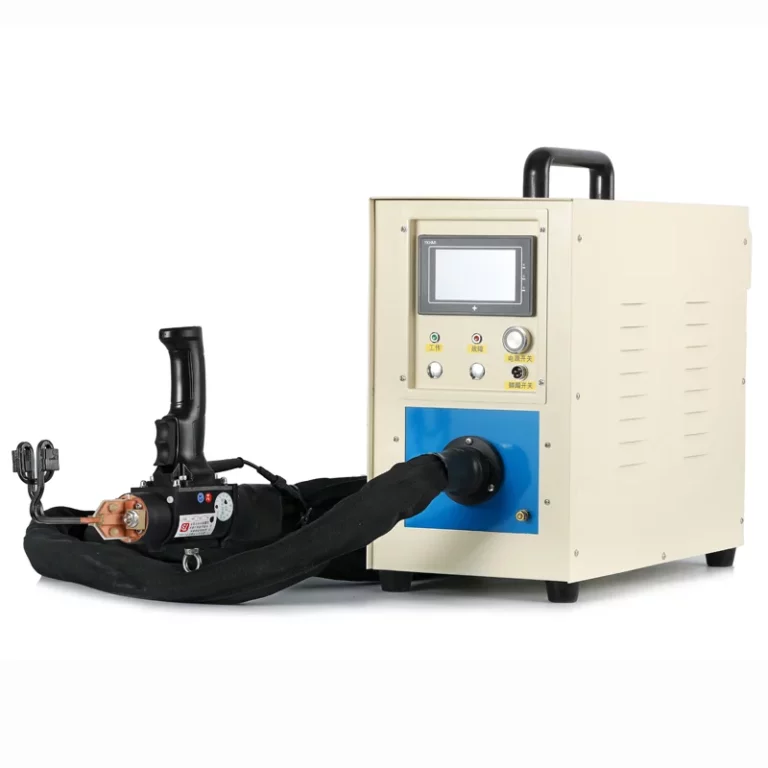
Portable Induction Brazing Heater
1 PLC controlled portable induction brazing heater
2 Small volume easy to move
3 Can 24 hours continue working
4 Suitable for complex induction

Turntable induction brazing machine
1 Automated turntable induction brazing machine
2 16 brazing working stations mass production
3 Each time brazing 2 pieces 2pieces 12S
4 Match with
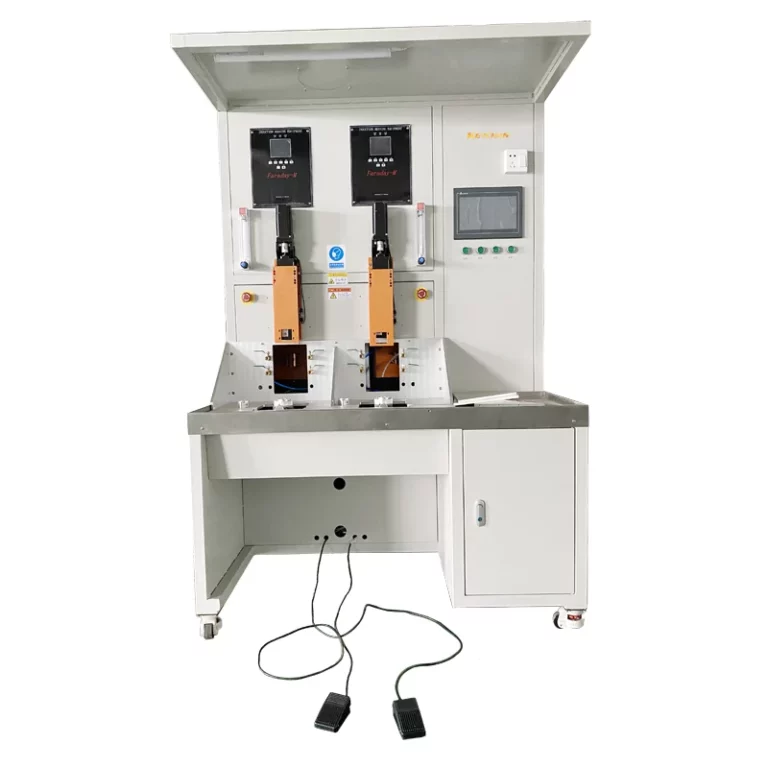
Double Stations Induction Brazing Machine
1 IGBT Double stations induction brazing machine
2 Both working stations are protected by nitrogen
3 Fast induction welding speed mass production
4 Uniform
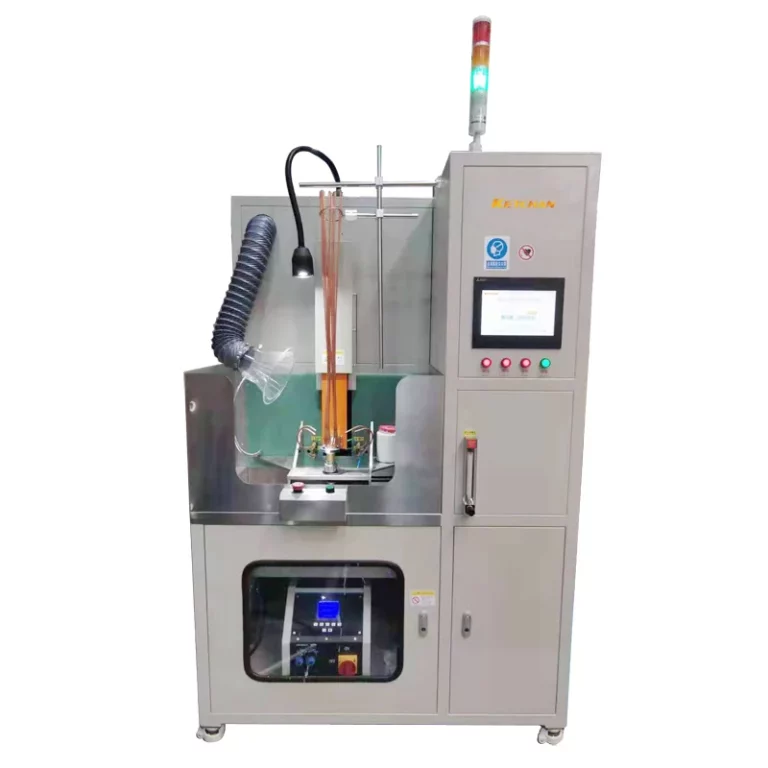
Automated Induction Brazing System
1 AC distributors automated induction brazing system
2 Support 1 4 stations induction brazing machine
3 While brazing while rotating uniform brazing
4 With
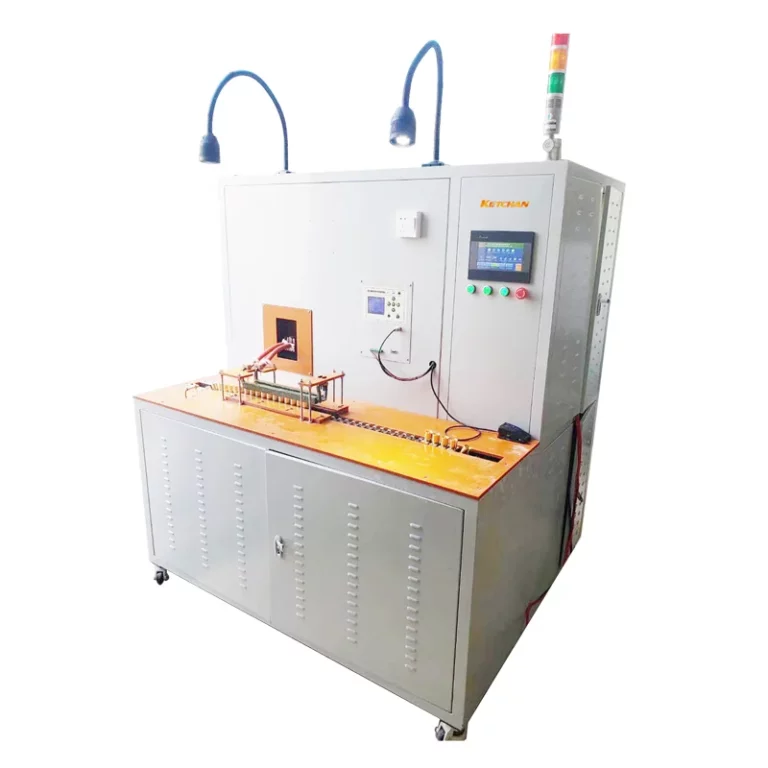
Linear Table Induction Brazing Machine
1 Intelligent linear table induction brazing machine
2 This welder is used for AC distributor brazing
3 The induction brazing speed is 12000 pieces hour <br
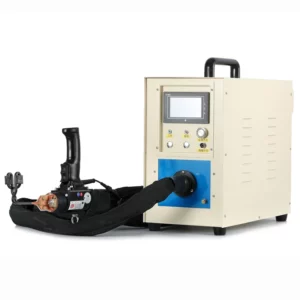
Portable Induction Brazing Heater
1. PLC controlled portable induction brazing heater.
2. Small volume, easy to move.
3. Can 24 hours continue working.
4. Suitable for complex induction brazing conditions.
5. Widely used in the HVAC copper tube brazing.
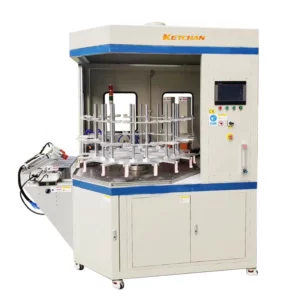
Turntable induction brazing machine
1. Automated turntable induction brazing machine.
2. 16 brazing working stations, mass production.
3. Each time brazing 2 pieces, 2pieces/12S.
4. Match with loading unloading robot.
5. Equipped with industrial chiller.
6. Support free testing of different parts.
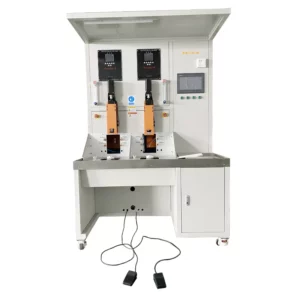
Double Stations Induction Brazing Machine
1. IGBT Double stations induction brazing machine.
2. Both working stations are protected by nitrogen.
3. Fast induction welding speed, mass production.
4. Uniform brazing results, in less oxidation.
5. Intelligent man-machine interface display.
6. Easy to install and operate, green environment.
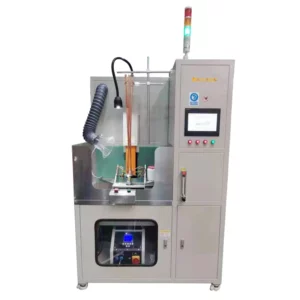
Automated Induction Brazing System
1. AC distributors automated induction brazing system.
2. Support 1-4 stations induction brazing machine.
3. While brazing, while rotating, uniform brazing.
4. With Nitrogen protection, no oxide layer.
5. Full digital Siemens PLC controller system.
6. Customize different coils and support tests.
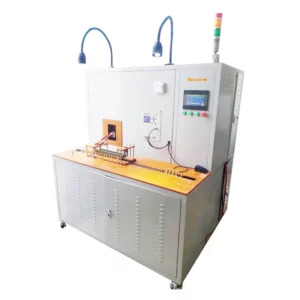
Linear Table Induction Brazing Machine
1. Intelligent linear table induction brazing machine.
2. This welder is used for AC distributor brazing.
3. The induction brazing speed is 12000 pieces/hour.
4. It can 24 hours and non-stop working.
5. Easy to install and one worker is enough.
6. Automatic brazing, automatic unloading material.
Free technical advice. The experienced engineering team is ready for you!
Machine Features
Induction brazing is a process of joining two or more metals using induction heating, which utilizes the electromagnetic field to provide heat without contact or flame. Some of the features of induction brazing machines are:
- They can achieve precise and uniform heating of the metal parts and the filler material, which improves the quality and consistency of the brazing joints.
- They can save energy and reduce costs by using less power and time than traditional brazing methods.
- They can improve the working environment and safety by eliminating flames, smoke, and noise.
- They can be easily integrated into automated production lines and customized according to different brazing requirements.
Optional Equipment
- Custom induction coils: These are coils that are designed according to the shape and size of the metal parts that need to be brazed. They can improve the heating efficiency and quality of the brazing joints.
- Foot switch: This is a device that allows the operator to control the start and stop of the induction power supply by stepping on a pedal. It can enhance the safety and convenience of the brazing process.
- Custom flexible cables: These are cables that connect the induction coil to the power supply. They can be extended to 5-15meters long to allow the operator to perform induction brazing at a distance from the machine.
- Cooling water system: This is a system that provides cooling water to the induction coil and the power supply to prevent overheating and damage. It can prolong the service life and performance of the induction brazing equipment.
- Automatic loading and unloading system: This is a system that uses robots or other devices to load and unload the metal parts into and out of the brazing fixture. It can increase production efficiency and reduce the labor cost of induction brazing.
- Conveyor system: This is a system that uses belts or rollers to transport the metal parts from one station to another during induction brazing. It can automate the brazing process and improve the productivity and quality of induction brazing.
- PLC remote control system: This is a system that uses a programmable logic controller (PLC) to monitor and control the parameters and status of the induction brazing equipment. It can enable remote operation, data collection, and fault diagnosis of induction brazing.
- Infrared temperature measuring device: can monitor and control the heating process of the metal parts and the filler material, which affects the quality and strength of the brazed joints.
Applications
Induction brazing machines are machines that use electromagnetic induction to heat metal parts and filler material to create a strong bond. Induction brazing machines have many advantages over traditional brazing methods, such as precise and uniform heating, faster heating cycles, lower energy consumption, improved safety and environmental protection, and easy automation.
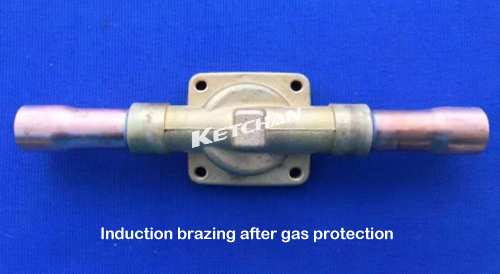
Why use gas shielding for high frequency induction brazing?
When the metal is heated to a high temperature in general, the oxygen in the air will oxidize the metal surface to form an oxide scale. The presence of oxides
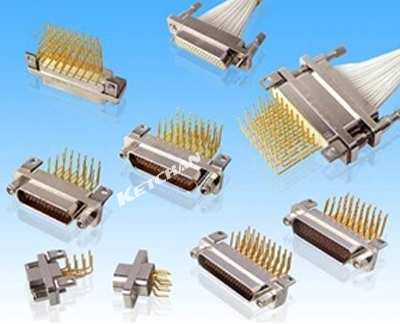
Induction Brazing Of Electrical Connector
1. What is electrical connector? The replacement product of the electrical connector (aviation plug) has the characteristics of small size, lightweight, convenient use, resistance to plugging and unplugging, good electrical
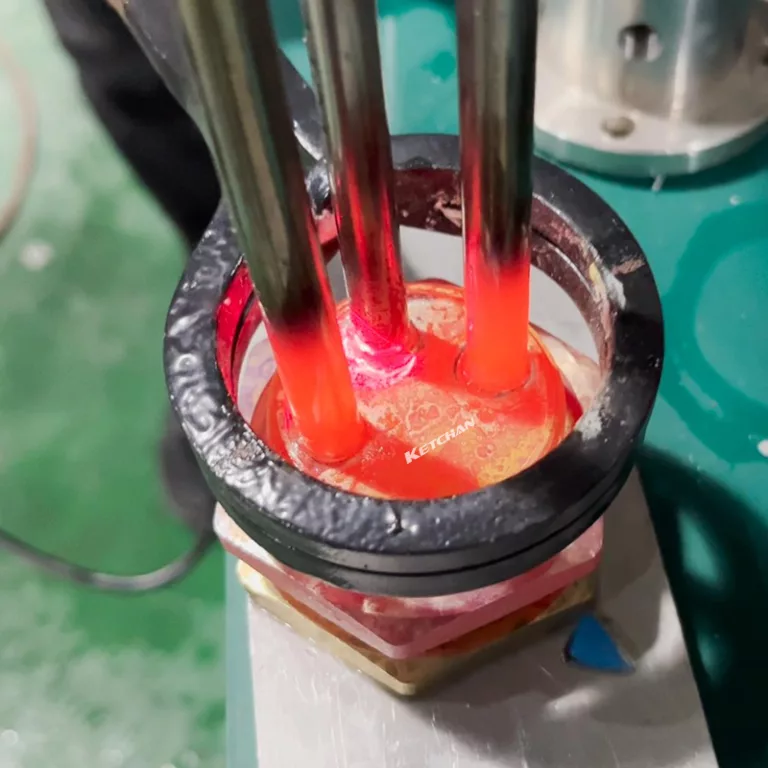
Brazing Stainless Steel with Induction
Brazing stainless steel with induction is a process that uses an electromagnetic field to heat up and join stainless steel parts with a filler metal. It has some advantages over
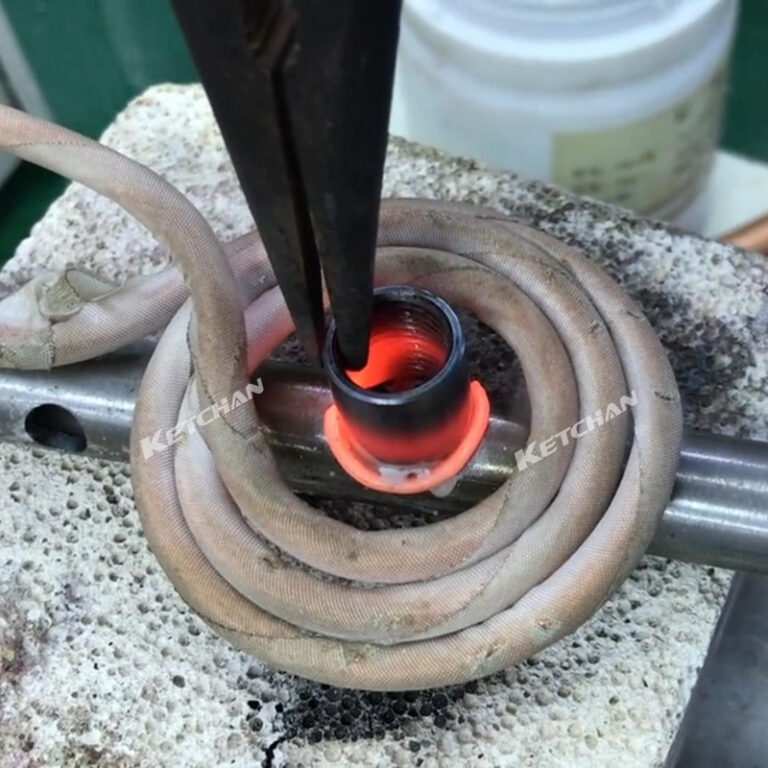
Induction Brazing Stainless Steel
Petroleum, medical, chemical, and other industrial transportation pipelines will use stainless steel pipes, which require certain hardness and wear resistance. The high-frequency brazing machine produced by Zhengzhou Ketchan is specially
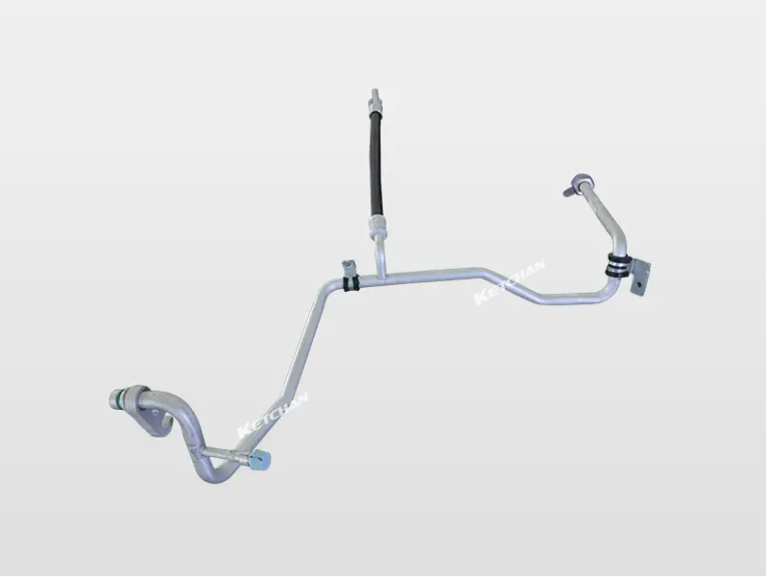
Induction Brazing of Automotive Air Conditioner Aluminum Fittings
Abstract: This paper proposes a high-frequency induction brazing method of automotive air conditioner aluminum fittings. In view of it, the technological process and operation method are proposed, the existing
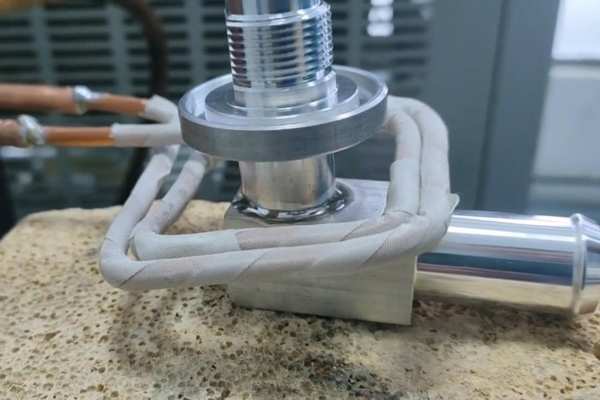
Induction Brazing of Automobile Air Conditioning Pipe Fittings
https://www.youtube.com/watch?v=dCQ8VN8kAs0 Automobile air conditioners are generally mainly composed of compressors, electronically controlled clutches, condensers, evaporators, expansion valves, receiver driers, pipes, hoses, condensing fans, and vacuum liquid storage and drying.
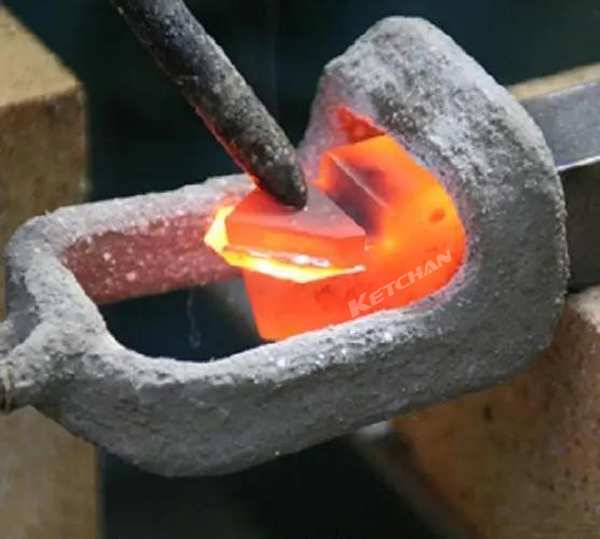
Why Choose Induction Brazing Not Flame Brazing?
1. Labor Cost There are some workpieces with thin walls. When flame brazing is performed, it is necessary to have high requirements on workers to ensure the induction welding
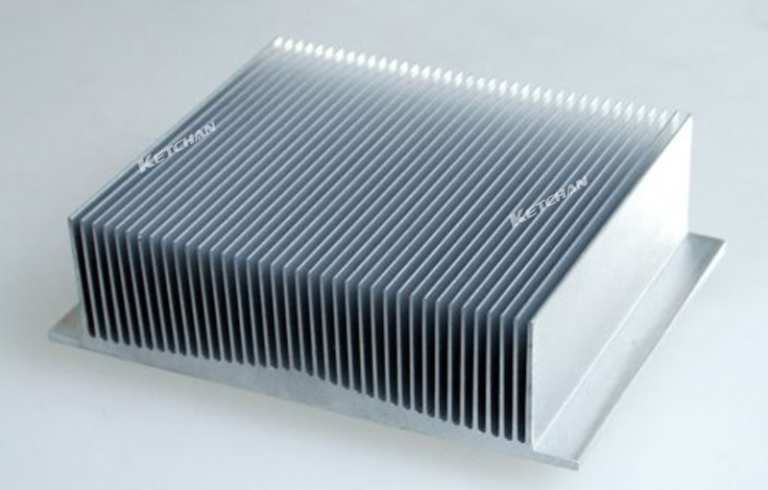
High Frequency Induction Brazing of Aluminum Radiator
Abstract: In this paper, a method of high-frequency induction brazing of aluminum radiators is proposed for the single-tube pressure plate in automobile air-conditioning parts. A technical process and an
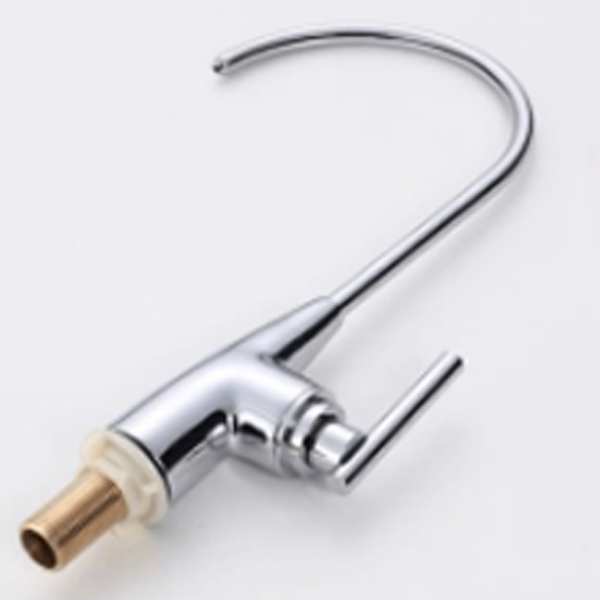
Bathroom Copper Pipe/Faucet High Frequency Brazing Machine
With the increasing awareness of green environmental protection, the problem of induction brazing with artificial flames in the past has been solved. The bathroom copper pipe/faucet high-frequency brazing welding machine
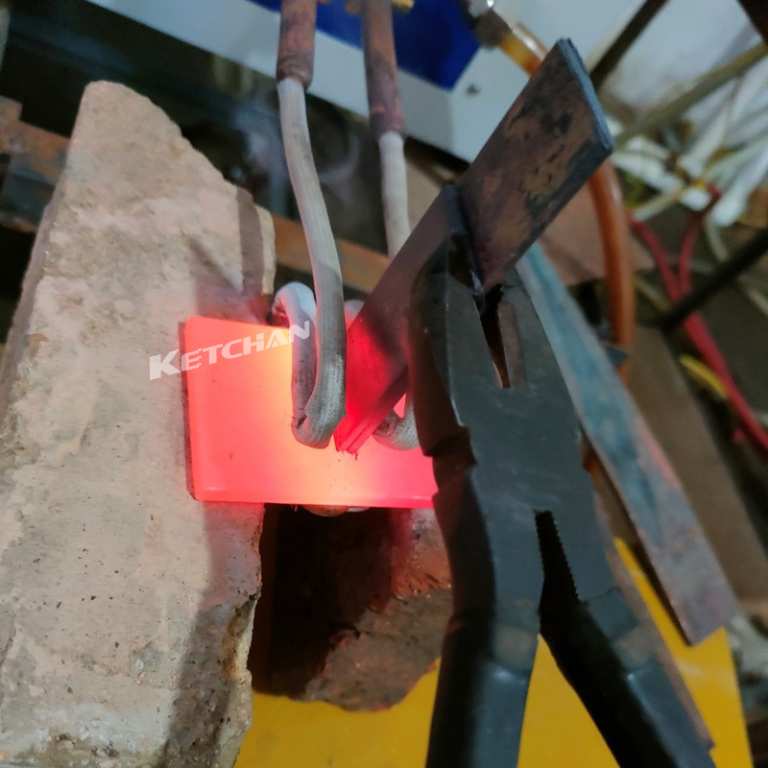
Induction Brazing of Copper and Brass Lap Joints
Target The target of this application test is to braze the copper plate to the copper plate and also braze the copper plate to the copper tubes and braze the
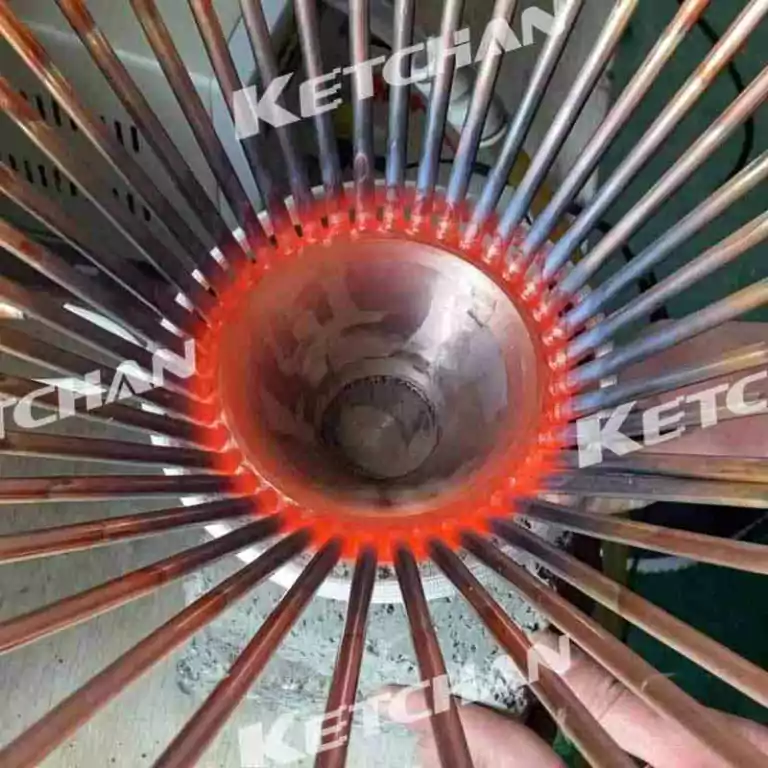
Induction Brazing HVAC Refrigeration distributor
Zhengzhou Ketchan doubles stations induction brazing machine is mainly used for induction brazing HVAC refrigeration distributors copper tubes, AC compressor pipes, condenser copper pipes, heat exchanger u-bends, four-ways valves, etc.
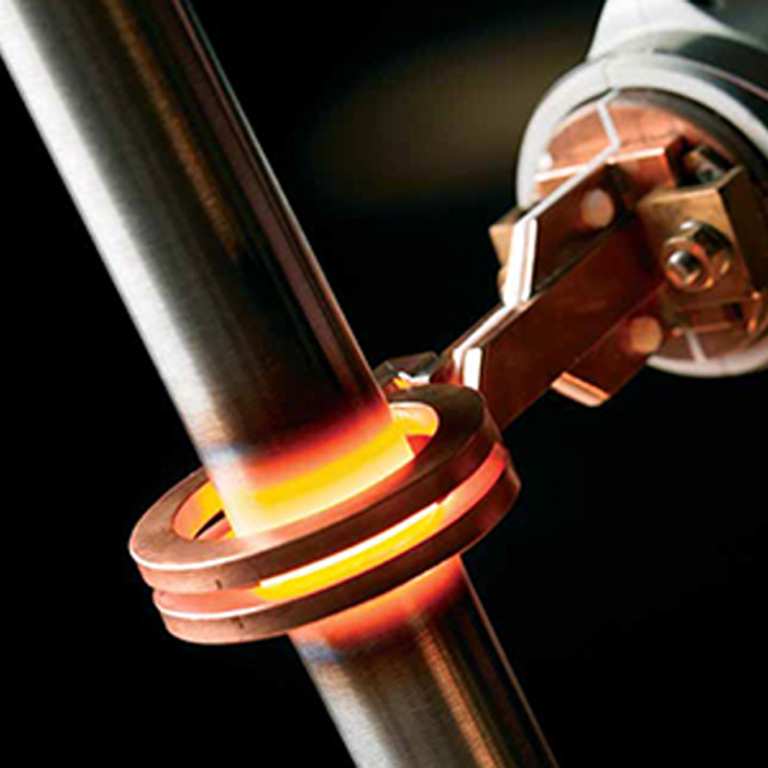
Portable Induction Brazing Machine Applications
Induction brazing of radiator U tubes The radiator is an important part of the air conditioner accessories, and the quality of the radiator can reflect the cooling effect of the
Industries
Induction brazing machines can be used for various metal joining applications in different industries, such as:
- Automotive: Induction brazing machines can be used to braze complex metal components such as heat exchangers, fuel injectors, and sensors.
- Aerospace: Induction brazing machines can be used to produce heat exchangers, which are used to regulate the temperature of the aircraft’s cabin. The machines are also used to produce turbine blades, which are critical components of the aircraft engine.
- Electronics: Induction brazing machines can be used to braze copper heat exchanger tubes in refrigeration units and custom trucks. They can also be used to braze flat copper wire and squirrel cage rotors used in motor and transformer manufacturing.
- Medical device: Induction brazing machines can be used to braze brass screw fittings in a diverse range of piping systems. They can also be used to braze carbide pins used in surgical instruments.
- Construction: Induction brazing machines can be used to braze carbide tools, such as drill bits, saw blades, and cutting tools. They can also be used to braze steel tubes and fittings for hydraulic systems.

Induction Heating Solutions for Auto Parts
Advantages and Disadvantages of Induction Heat Treatment Auto Parts Induction heat treatment is a process that uses electromagnetic fields to heat metal parts or components without direct contact. It is
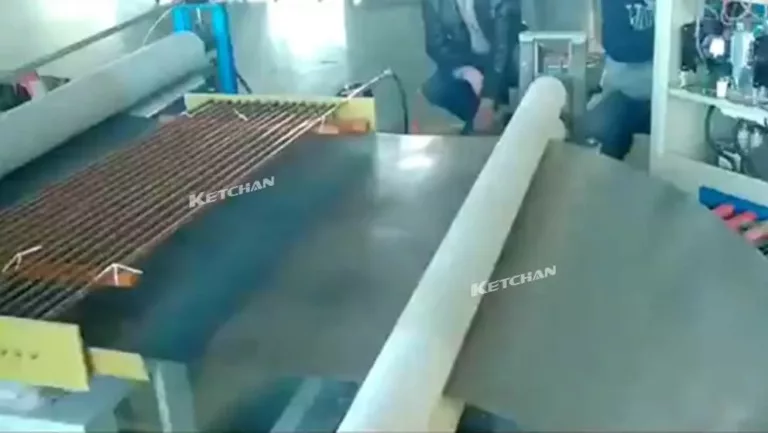
Induction Heating of Composite Materials
Induction heating is a technology that uses an alternating electromagnetic field to heat ferromagnetic and conductive materials and has been adapted to polymeric materials and composites in the past
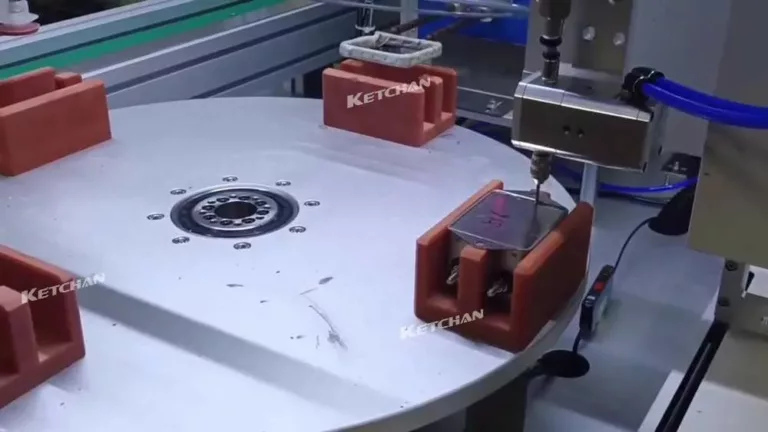
What can Induction Heating Technology Do for the 5G Industry?
Induction heating technology can potentially provide benefits for the 5G industry in terms of manufacturing, testing, and repairing 5G components and devices. Such as: Manufacturing of 5G components and

Electric Vehicle Induction Heating & Hardening & Brazing
Electric Vehicles and Induction Heating In the past few years, people’s demand for electric vehicles has increased significantly, and electric vehicles have become a new track pursued by major
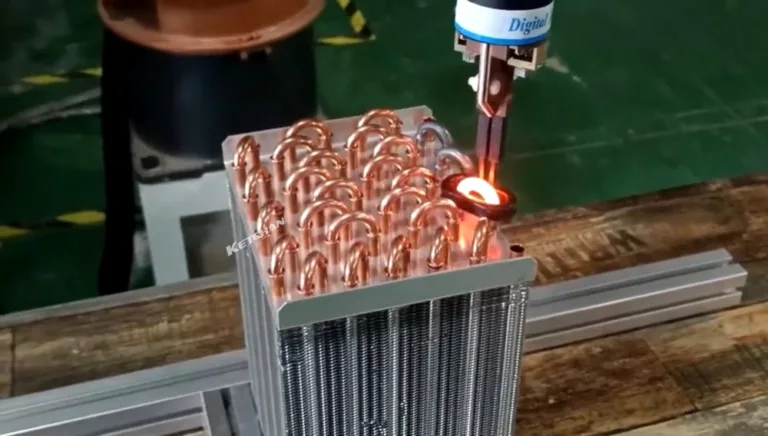
Induction Soldering Precision Solutions
What is induction soldering? Induction soldering works by using a precise electromagnetic field to heat two or more electrically conductive materials in order to join them with a filler
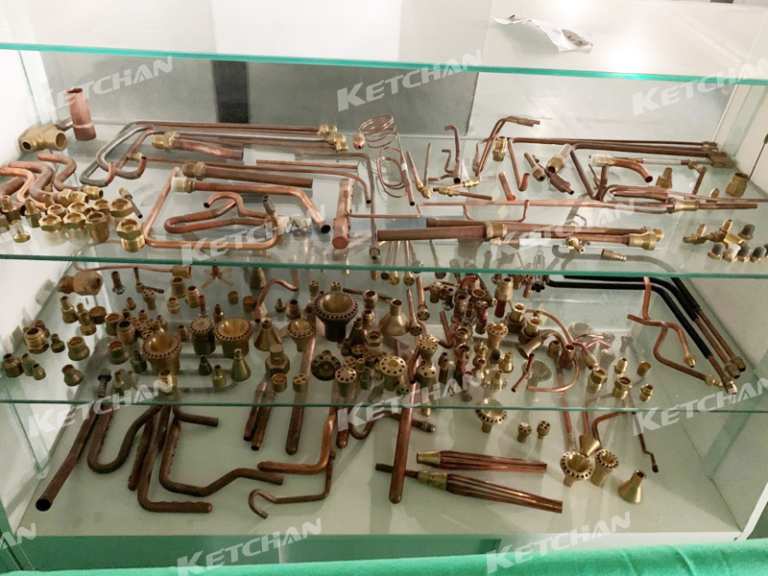
Induction Brazing Solutions For HVAC Industry
Composition of air conditioning accessories Air conditioning accessories include circuit control boards, wire controllers, manifolds, refrigerants, electronic expansion valves, motors, compressors, liquid mirrors, and ball valves. High-frequency induction brazing technology
FAQ
What metals can be induction brazed?
Induction brazing is a process that uses electromagnetic induction to heat metal parts and a filler material to create a strong bond. Induction brazing can be used to join a wide variety of metals, including ferrous and non-ferrous metals. Some of the metals that can be induction brazed are:
- Copper: Copper has a high electrical conductivity and can be easily heated by induction. Copper-silver-phosphorus and copper-phosphorus alloys are commonly used as filler metals for copper brazing.
- Brass: Brass is an alloy of copper and zinc that can also be induction brazed. White flux is usually required for brass brazing to prevent oxidation and improve wetting.
- Cast iron: Cast iron is an alloy of iron, silicon, and carbon that can be induction brazed with a zinc-controlled, low-fuming filler rod. Cast iron brazing requires a small joint clearance of 0.003 inches for maximum strength.
- Stainless steel: Stainless steel is an alloy of iron, chromium, and other elements that has high corrosion resistance and strength. Stainless steel can be induction brazed with various filler metals, such as nickel-bearing alloys, cadmium-free alloys, and silver base alloys.
- Aluminum: Aluminum is a lightweight metal that has good thermal conductivity and electrical conductivity. Aluminum can be induction brazed with aluminum-silicon alloys or aluminum-zinc alloys as filler metals.
- Zinc-coated steel: Zinc-coated steel is a type of steel that has a thin layer of zinc on its surface to prevent rusting. Zinc-coated steel can be induction brazed with copper-zinc or silver-copper-zinc alloys as filler metals.
What the advantages of induction brazing machines?
- Quick, rapid heating: Induction brazing machines can heat the metal parts and the filler material in a matter of seconds, compared to torch brazing or furnace brazing which can take minutes or hours.
- Controlled, precise heat control: Induction brazing machines can adjust the power and frequency of the induction heating to achieve the optimal temperature for brazing, without overheating or underheating the metal parts or the filler material.
- Selective, localized heat: Induction brazing machines can focus the heat on the specific area that needs to be brazed, without affecting the rest of the metal assembly. This can prevent unwanted metallurgical changes, distortion, oxidation, or carbon build-up on the metal parts.
- Production line adaptability and integration: Induction brazing machines can be easily integrated into automated production lines and customized according to different brazing requirements. They can also use robots, conveyors, or other devices to load and unload the metal parts, increasing the production efficiency and reducing the labor cost.
- Improved fixture life and simplicity: Induction brazing machines do not require complex fixtures or clamps to hold the metal parts in place, as they are heated by electromagnetic induction. This can reduce the wear and tear of the fixtures and simplify the brazing process1.
- Repeatable, reliable brazed joints: Induction brazing machines can produce consistent and high-quality brazed joints, as they can control the heating parameters and monitor the brazing process. They can also eliminate the variability caused by human operators or environmental factors.
How to fide the right induction heating machine?
Finding the right induction heating machine depends on several factors, such as the material, shape, size, and heating requirements of your part. Induction heating is a process that uses electromagnetic induction to heat electrically conductive materials without contact or flame. Induction heating machines consist of an induction power supply, a work head with a copper coil, and a cooling system.
Here are some steps you can follow to find the right induction heating machine for your application:
- Determine the material of your part. Different materials have different electrical and magnetic properties that affect how they respond to induction heating. For example, magnetic materials are easier to heat than nonmagnetic materials, and metals with high resistivity like steel heat faster than metals with low resistivity like copper or aluminum.
- Determine the shape and size of your part. The shape and size of your part affect the depth of heating penetration and the coil design. For example, cylindrical parts can be heated by a solenoid coil, while rectangular parts may require a pancake coil2. Larger parts and parts that require through-heating take more time to heat than smaller parts and parts that require surface heating.
- Determine the heating goal of your part. The heating goal of your part affects the operating frequency and applied power of the induction heating machine. For example, lower-frequency, higher-power machines are suitable for through-heating, while higher-frequency, lower-power machines are suitable for surface heating1. The heating goal also determines the rise in temperature required and the target heating time.
- Use an induction heating calculator tool to estimate the parameters of your induction heating process. An induction heating calculator tool is an online tool that can help you calculate and optimize your induction heating process. You enter your material properties, coil specifications, and heating requirements and get instant results on essential parameters such as power density, heating time, and temperature distribution.
- Compare different models and brands of induction heating machines based on their features and specifications. Some features to look for when choosing an induction heating machine are flexible power range, solid-state design, clean and reliable power supply, stable outputs, and low maintenance design. You can also consult with an induction equipment manufacturer or supplier to get professional advice and recommendations based on your application.
Why choose KETCHAN's induction brazing machines?
- Digital induction heating mode that can achieve fast and uniform heating of the metal parts and the filler material, resulting in high-quality and consistent brazed joints.
- Automatic rotation, nitrogen protection, and Siemens PLC controller system that can ensure the quality and consistency of the brazed joints, as well as monitor and control the brazing parameters and status.
- 1-4 stations induction brazing machine and can be customized according to different brazing requirements, such as material, shape, size, and heating goal.
- Easy to install and operate, and has a green environment-friendly design that can save energy and reduce costs, as well as improve the working environment and safety.
- Long service life and low maintenance cost, as it uses high-quality components and materials, such as IGBT modules, copper coils, stainless steel pipes, etc.
